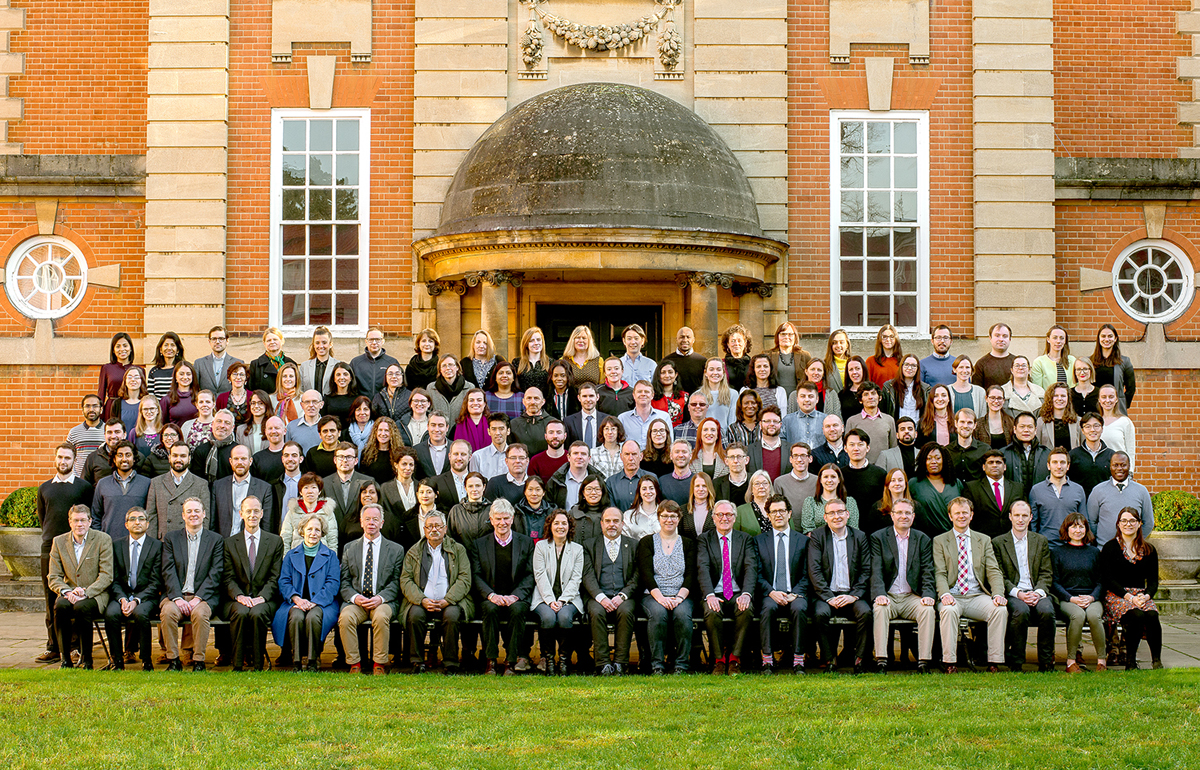CD8+ T Cell Senescence is a Distinct Immunological State that Identifies Long-Term Renal Transplant Recipients at Increased Risk of Future Malignancy
Session 4
DOI:
https://doi.org/10.37707/jnds.v1i2.88Keywords:
Transplant, malignancyAbstract
Bottomley MJ, Bezstarosti S, Hester J, Issa F, Wood KJ*, Harden PN*
*contributed equally
Background
Malignancy is a leading cause of morbidity and death in long-term renal transplant recipients (RTR). Methods to identify RTR at increased risk may enable pre-emptive intervention to reduce cancer risk.
Methods
We undertook a 5-year cohort study in long-term RTR. The primary outcome was time to metastatic non-melanoma skin cancer (NMSC) or non-NMSC cancer. Immune phenotype was assessed by flow cytometry and functional analyses of peripheral blood mononuclear cells (PBMC). Gene expression was assessed by real-time PCR of whole blood or multiplexed gene expression analysis by nanoString in PBMC. Univariate and multivariate analyses were undertaken by logistic regression and Cox proportional hazard modelling.
Results
117 RTR (median age: 63 years old, cumulative immunosuppression duration: 262 months) were recruited. 80 completed follow up (loss to follow-up due to death in 24). CD57 expression was assessed on circulating T cells and RTR were dichotomised based on proportion expressing CD57 (>50%, CD57hi; <50%, CD57lo). CD57hi phenotype was associated with CMV seropositivity & increasing age. CD57hi RTR were 5.1 (95% CI: 1.1-23.4) times more likely to develop malignancy after adjustment for age, immunosuppression duration, CMV serostatus and history of smoking or previous cancer. PBMC from CD57hi RTR demonstrated phenotypic features of immunosenescence and a Th1-skewed transcriptome. CD8+CD57+ T cells were able to produce inflammatory cytokines and engage in cytotoxicity, upon polyclonal stimulation.
Discussion
CMV-driven immunosenescence is associated with a Th1-skewed circulating immune phenotype, distinct from immune exhaustion. There is an increased predisposition to malignancy development despite an abundance of circulating, functional CD8+ T cells. The mechanism behind this is under investigation.
Published
Issue
Section
License
Authors will retain copyright alongside scholarly usage rights and JNDS will be granted publishing and distribution rights.


